The big four grocers have made several changes to raise their game in light of tough trading conditions. We look at what’s been done in-store.
That it’s been a tough time for the mainstream grocers over the last 12 months is hardly news. Plateauing demand, competition from the discounters and the rise of convenience have not made the lot of the superstore a happy one.
Yet within this fiercely contested arena there are those who are showing improvement, even if in some cases it is a matter of taking one step backwards to head forwards in the longer term – at least that’s the message being promoted by some.
But how much of this is down to raising the in-store game? And what have the grocers done to ensure their shops are better than they were, and, just as importantly, better than the competition?
For the purpose of assessing the state of play, Retail Week headed to northwest London and visited stores in Camden, Colindale, Brent Cross and Hendon.
All of the shops visited were superstores rather than hypermarkets, and all of them have been in the game for some time.
The reason for choosing these branches, rather than some of the grocers’ newer show ponies, was that they provide a glimpse of what the big four’s superstores are like en masse and therefore whether there has been a discernible improvement over the last year.
Morrisons, Camden
The Morrisons supermarket in Camden was among the first to receive the gondolas that sprayed mist on fresh vegetables – one of the innovations introduced when Dalton Philips was chief executive.
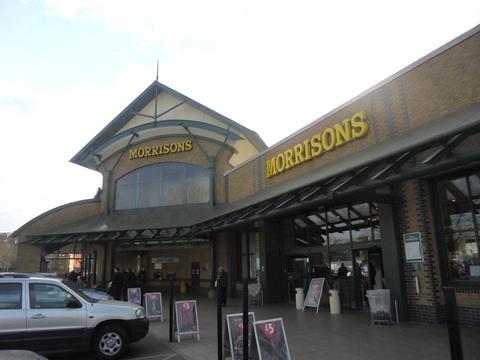
A year on from his departure the fresh fruit and vegetable zone, just inside the entrance, still features the misting units, although they no longer produce mist. Instead, they have been converted into simple, but good-looking wooden gondolas for the fresh fruit and veg offer.
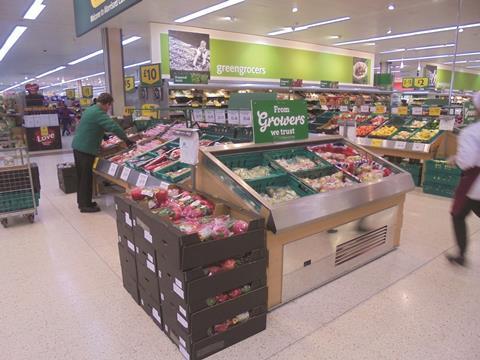
They join the ranks of the almost identical wooden gondolas immediately behind them that were installed when the store was given a makeover a couple of years ago.
Replenishment seemed to be an issue on the day of visiting, when several of the units were conspicuous by their lack of produce. Since this was around lunchtime and less than halfway through the trading day, it looked like a problem.
Moving further into the shop and encountering the ‘market street’ elements towards the rear, the butchers and fishmongers counters had a strong graphic presence, even if the presentation of the stock itself was somewhat lacklustre.
Beyond fresh and into ambient, there was, in common with Asda, one message: low price.
“Overall, this was an adequate, but almost entirely functional wannabe discount experience”
John Ryan
The central aisle was festooned with gondola-end £1 price banners and even the oddly positioned wine department, in the middle of the shopping journey, had mid-aisle plinths created from wine boxes with deal-price fizz and wine.
Overall, this was an adequate, but almost entirely functional wannabe discount experience and in terms of generating loyalty, it was hard to see how this might be achieved.
Tesco, Brent Cross
A few minutes up the M1 from Tesco Brent Cross is the grocer’s ‘store of the future’ hypermarket in Watford. This branch however, directly across the North Circular from the Brent Cross shopping centre, is probably more typical of what an older Tesco store looks and feels like.
The cheap petrol outside will clearly be a draw, but once inside, this interior was all about the goalposts.
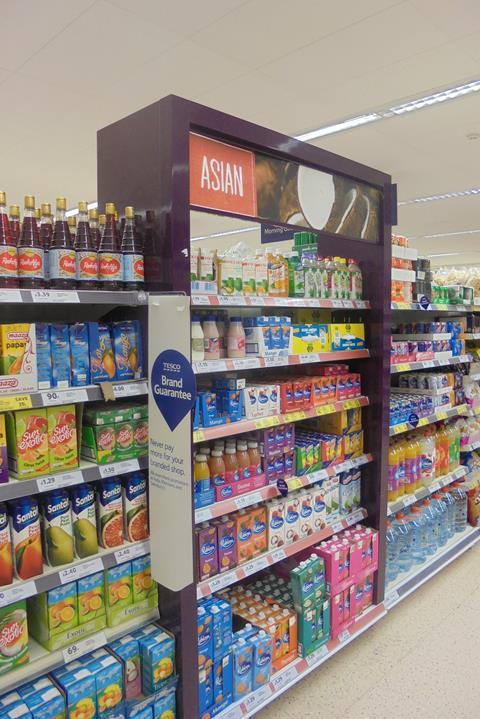
These fixtures have been applied to select units along the aisles to give prominence to various offers. They rise proud of the gondolas and work effectively to catch the eye of passing shoppers.
This is northwest London, so goalposts had been applied to an aisle of kosher food and drink, as well as the Asian, American and Polish offers.
The deli and fish counters at the back of the shop were clean, well-stocked and did demand to be inspected.
It was, however, a very standard treatment, and it looked a world away from the Watford branch, and a long way away from many of the retailer’s newer shops.
The influence of these stores can be seen in Brent Cross, but only faintly and the appeal of the newer Express convenience stores is so strong, that reasons for visiting this branch seemed a little thin on the ground.
Sainsbury’s, Hendon
The Sainsbury’s superstore just off Edgware Road is a low-rise affair with the barn-like architecture that characterised many of the grocer’s stores at one point.
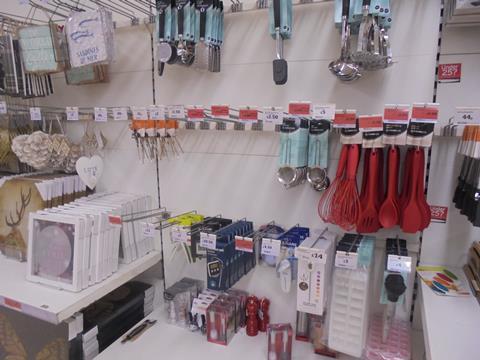
Inside, the first thing that is apparent is the space. The gondolas in the fruit and veg area are relatively low, providing sightlines deep into the store and making the interior feel generally welcoming and manageable.
This is a big store and it includes a large general merchandise area, which was well-presented, although the perimeter wall could have done with some more stock in the kitchen implements area.
The rest of the store benefits from a strong graphics package, a fine array of deli and fresh meats at the back of the shop and a mid-shop ‘action aisle’ with red point-of-sale labelling that announced ‘Great Prices’, instead of the cheap, cheap, cheap message the was promoted by Asda and Morrisons.
The store was also well lit and the bakery department uses the now standard wicker baskets to good effect.
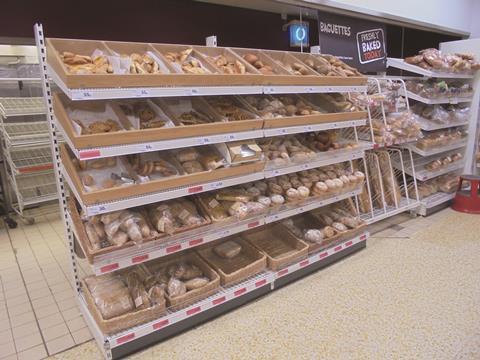
The point perhaps about this outpost of the Sainsbury’s empire was that it appeared better than its competition and this may, in part, account for its better fortunes during 2015.
This was less about price, although that remained important, and more about the quality of the offer, reflected in both layout and the equipment used.
Housekeeping standards could, however, have been higher.
Asda, Colindale
Asda’s Colindale superstore was the largest of the supermarkets visited and it is hard to judge from the exterior owing to its industrial bunker-like frontage that funnels shoppers and their cars into a two-level car park.

Once inside, the immediate impression is of a store that is somewhat darker than the others and one where almost every square foot has been merchandised, making it appear very busy. If the endless signage was anything to go by, the reason that people visit this store is because of its focus on value.
On a positive note, the fish counter at the back of the store was better than all the others simply because it had been given a category treatment, meaning that lemons and fish condiments were displayed immediately beneath the fish in wicker baskets. It was a simple approach, but was probably the best because it managed to be closest in feel to a market.
The same was true of the deli counter which, owing to the local demographic, had a large selection of Polish sausages and cured meats.
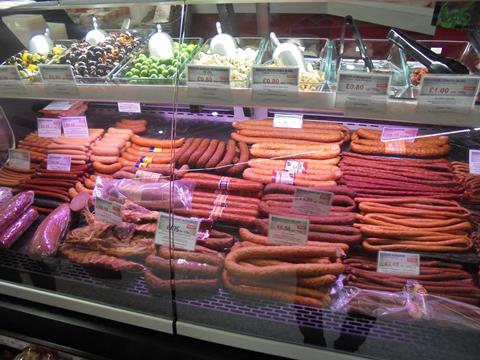
The George clothing shop-in-shop was also a strength, featuring a fit-out that has been used in Asda’s refurbished stores.
Even so, the overall impression was still insufficient to dispel the feeling that this was a supermarket that shoppers might frequent simply because it was nearer than an Aldi or Lidl.
What have the supermarkets done in northwest London?
Most have tried to ‘localise’ their offers.
Some have attempted to create a market ambience, with mixed results.
Low price is a priority for most – the discount threat remains pressing.
Superstores do not, for the most part, appear as modern as the grocers’ convenience formats.





















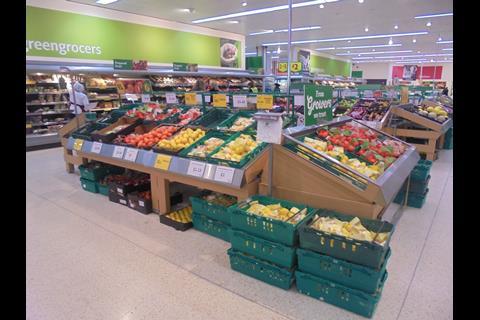
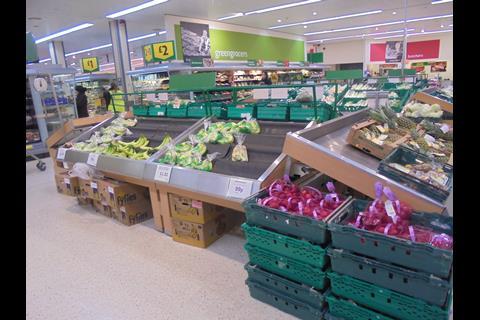
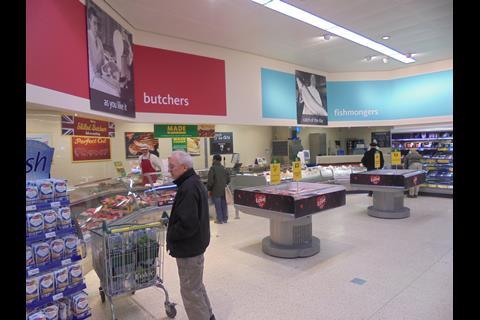
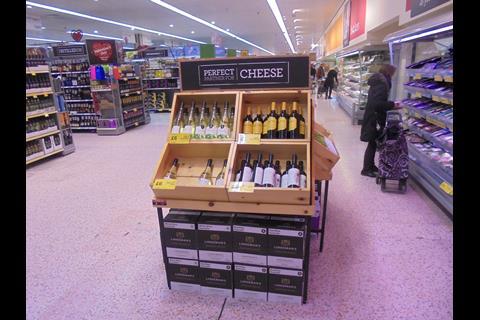


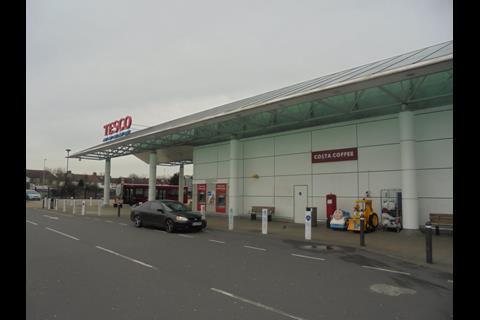


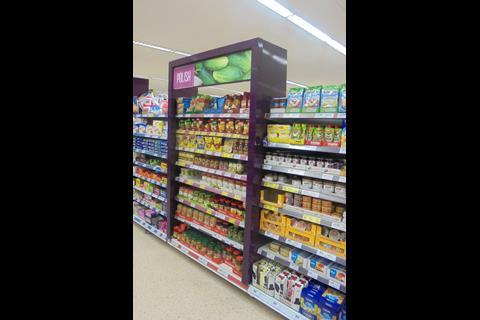

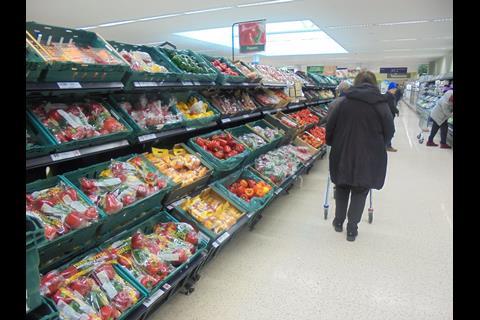
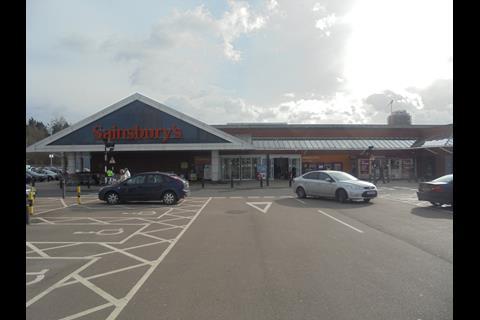
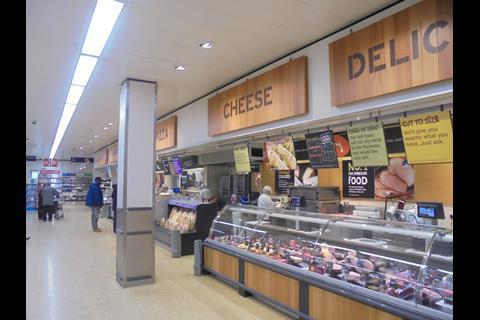

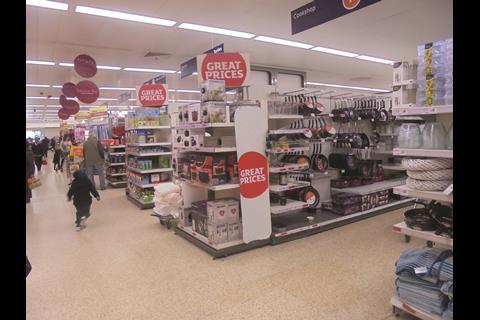
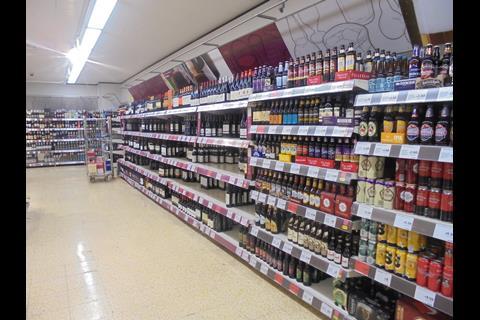


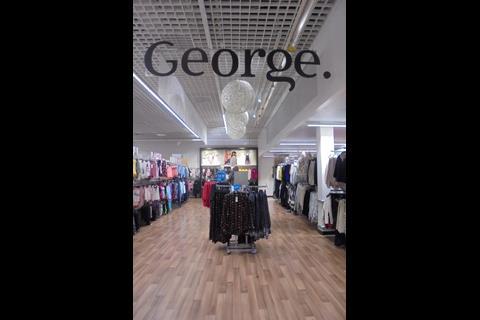


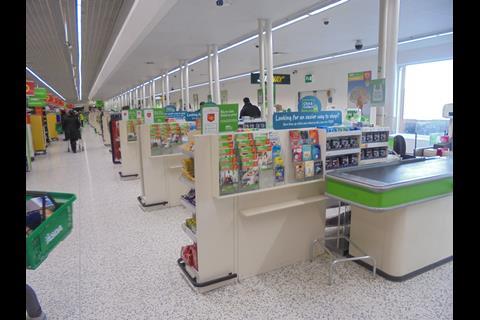
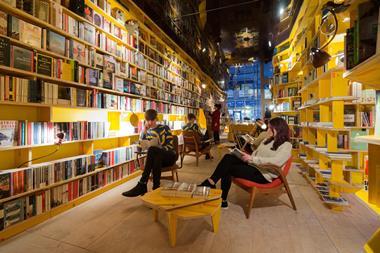

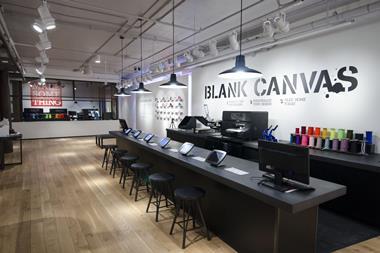

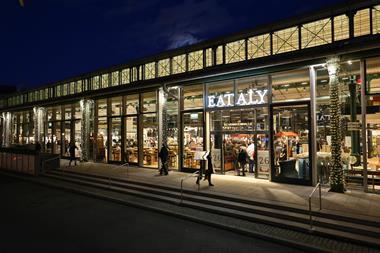
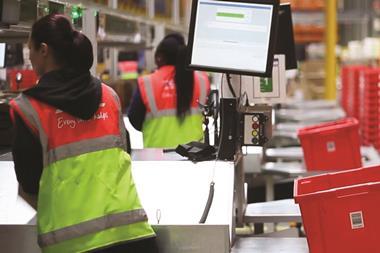
No comments yet